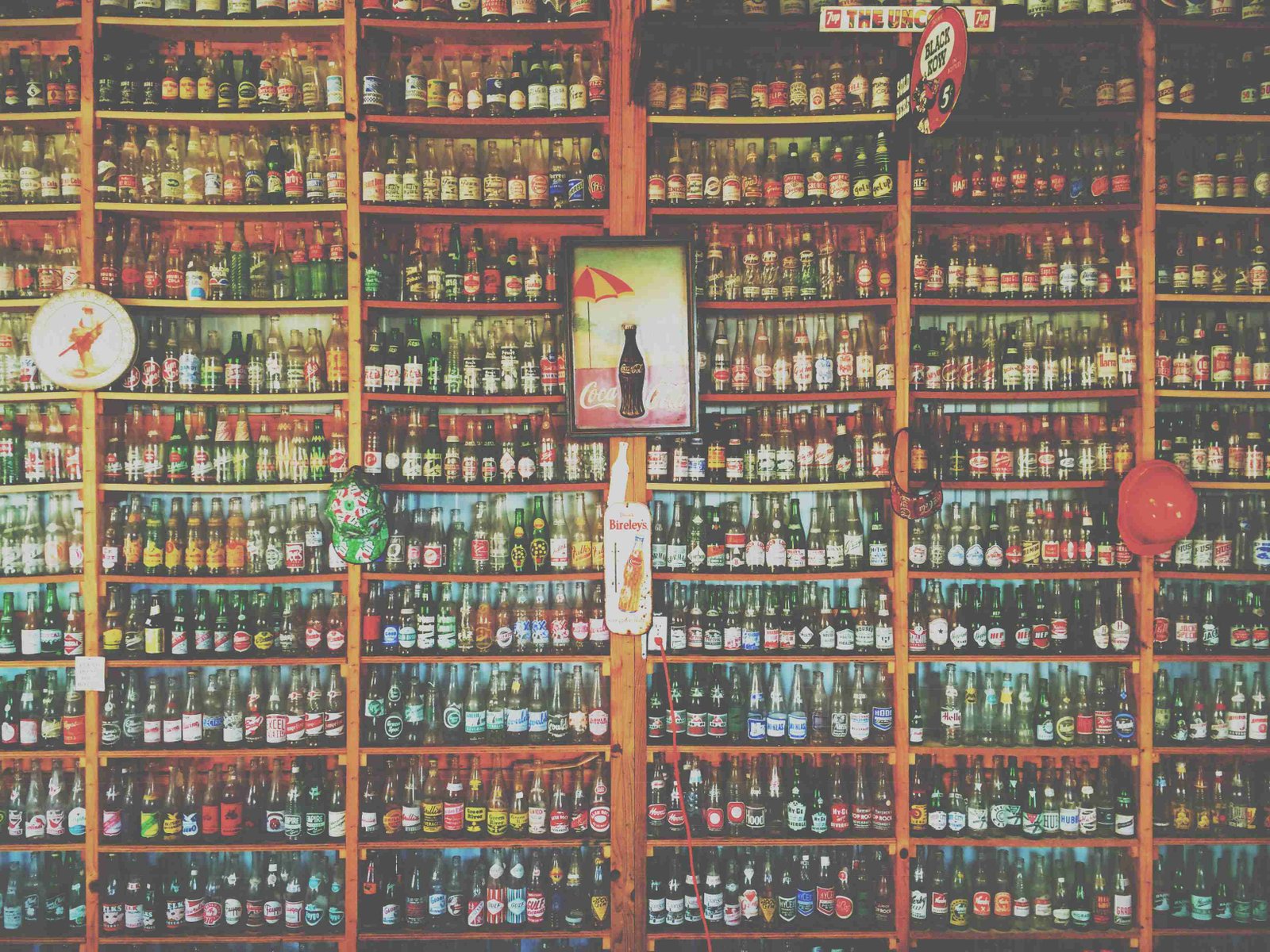Products top market status in food and drinks industry
When defining brand’s strength, people often forget that what distinguishes some food and beverages and gives them life is the FLAVOUR. It’s so meaningful that we might even introduce a whole new category FLAVOUR BRAND to define advantages and limitations on the market compared to other brands that don’t have that strength.
Flavour brand status is acquired once the product has enough steady customers who find the actual flavour of the product the most important feature.
There is currently a campaign for certain product on Croatian market. Company’s marketing experts are trying to use top- selling brand to introduce new flavours (of the same brand). The process has been going on for years and now you can find the same product in different colours and flavours on national and regional markets. Obviously, there is a demand to have diverse products and to exploit the strength of a famous brand. All of this means greater profit, more interested younger customers and, ultimately, less costly promotion under same name.
We believe that this tactic might be dangerous because the question is, for how long will these new products sell, by how much will they increase total brand sales, and what will be the long- term damage to that familiar brand if steady customers turn out to be disappointed with new products. Sure, short- term effects those new products bring are not a real indicator. It seems unreasonable that manufacturer is trying and change the flavour that is the strongest value and the one that all competitors are trying to copy.
Product that has flavour brand status should not be tempered with this tactic, as it’s unwise in the long run. Steady customers that turn out to be disappointed by new flavours are more powerful that those potential new customers that might accept the new flavour simply because the old one doesn’t mean all that much to them or they don’t even know about it. That means that it is completely irrelevant to them, and what matters now that you disappointed your steady and faithful customers.
If the main goal is to increase sales and appeal to younger customers, it’s more reasonable, logical and safer to go with old flavour but to try with different designs. If that’s not an option, it’s even safer to start developing a completely new brand. Older, well- known brand is better left untouched, focused on tradition but still turned to new younger customers.
There’s no need for thorough evaluations either. It’s enough to take a look at world’s leading non-alcoholic beverages manufacturers. Never have they thought of colouring their most famous drink in any other colour than the original. They have different drinks, flavours, colours but the name of their most popular brand in untouched, and with it their position on the market. Regular customers, without reading the label, will rarely realize that some of the most different beverages are produced by the same company.

When production of low or non-sugar beverages started, companies were on the same trail of promoting that very product with the same flavour. It cannot be completely true; how can you achieve the exact same flavour but without sugar? Emphasis was on that same flavour so it wouldn’t affect sales.
When a product achieves a flavour brand status, manufacturers should be happy. Competition will try to copy it with the most similar flavour and design.
It is obvious that in this case the manufacturer is turning against themselves with marketing activities and change of ingredients. It creates a difference in what is most important with foods and beverages- a well- known and recognizable FLAVOUR.


